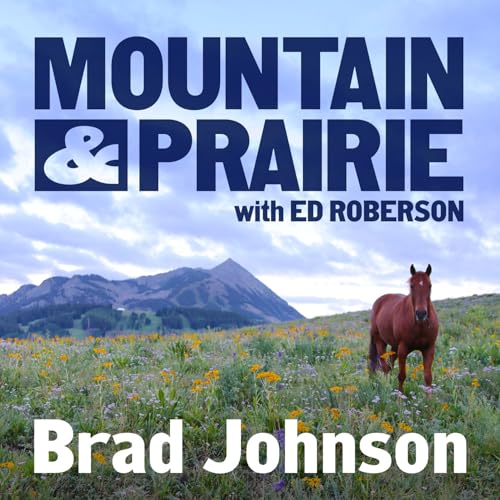Bex Frucht is a force of nature—a storyteller and community builder whose work blends performance, land, and small-town life in the American West. Based in Livingston, Montana, she's the founder of TMI Live, a storytelling series that celebrates vulnerability, humor, and human connection, and for the past three years, she's been the "vibe steward" of the Old Salt Festival, where her talent for bringing people together has become legendary. Whether she's hosting a show, coaching storytellers, or emceeing a fundraiser, Bex radiates generosity, intelligence, and positivity in a way that elevates every room she's in.
Like so many of my favorite people, her career path is as winding as it is fascinating: a Morehead-Cain Scholar at UNC Chapel Hill, she spent her early years in media and entertainment in New York and Los Angeles, then pivoted to environmental work before landing on a ranch in Colorado to learn about land stewardship from the ground up. Those years on the prairie, combined with her creative life in cities and her Southern roots, helped hone her rare ability to connect seemingly opposite worlds—artists and ranchers, movie stars and cowboys, locals and newcomers—through the shared power of story.
In this conversation recorded at her home in Livingston, we trace her inspiring journey and talk about the lessons she's learned along the way: what it means to find your authentic voice, how storytelling can build bridges across divides, and why embracing your weirdness can be the key to a meaningful life. It's a funny, authentic conversation that's as instructive as it is entertaining. For anyone who's ever wondered how to forge their own path, live creatively, and stay grounded in community, this episode is for you.
Be sure to check out the episode notes for a full list of all the topics we discussed and links to everything. And give Bex a follow on Instagram to stay in the loop about her upcoming storytelling shows and appearances in Montana and beyond.
A big thanks to Bex for her friendship, encouragement, inspiration, and this conversation. And thank you for listening.
---
- Bex on Instagram
- Bex on LinkedIn
- Bex's Seven Talk
- Full episode notes and links: https://mountainandprairie.com/bex-frucht/
---
TOPICS DISCUSSED:
- 2:29 - Intro, where Bex grew up and how she got West
- 10:40 - Grade stress
- 14:21 - Being yourself so others can be themselves
- 16:11 - How Bex changed after college
- 24:11 - Lawyer land ethic to MTV
- 27:27 - NYC love
- 28:32 - LA freelancing and leaving MTV
- 32:49 - Live storytelling
- 37:24 - Oversharing is caring
- 42:54 - Starting with the person and Bex's views on food systems
- 47:31 - It's all messy
- 54:19 - Lessons from the ranch
- 1:00:44 - Vibe steward
- 1:03:52 - Bex's job in Livingston
- 1:10:11 - Creatives and cowboys
- 1:19:30 - Relationship currency
- 1:24:39 - Valuing creatives
- 1:27:57 - Book recs
---
ABOUT MOUNTAIN & PRAIRIE:
- Mountain & Prairie - All Episodes
- Mountain & Prairie Shop
- Mountain & Prairie on Instagram
- Upcoming Events
- About Ed Roberson
- Support Mountain & Prairie
- Leave a Review on Apple Podcasts
 1 時間 22 分
1 時間 22 分 48 分
48 分 1 時間 5 分
1 時間 5 分 1 時間 2 分
1 時間 2 分 1 時間 33 分
1 時間 33 分 57 分
57 分 2025/10/061 時間 5 分
2025/10/061 時間 5 分 49 分
49 分
